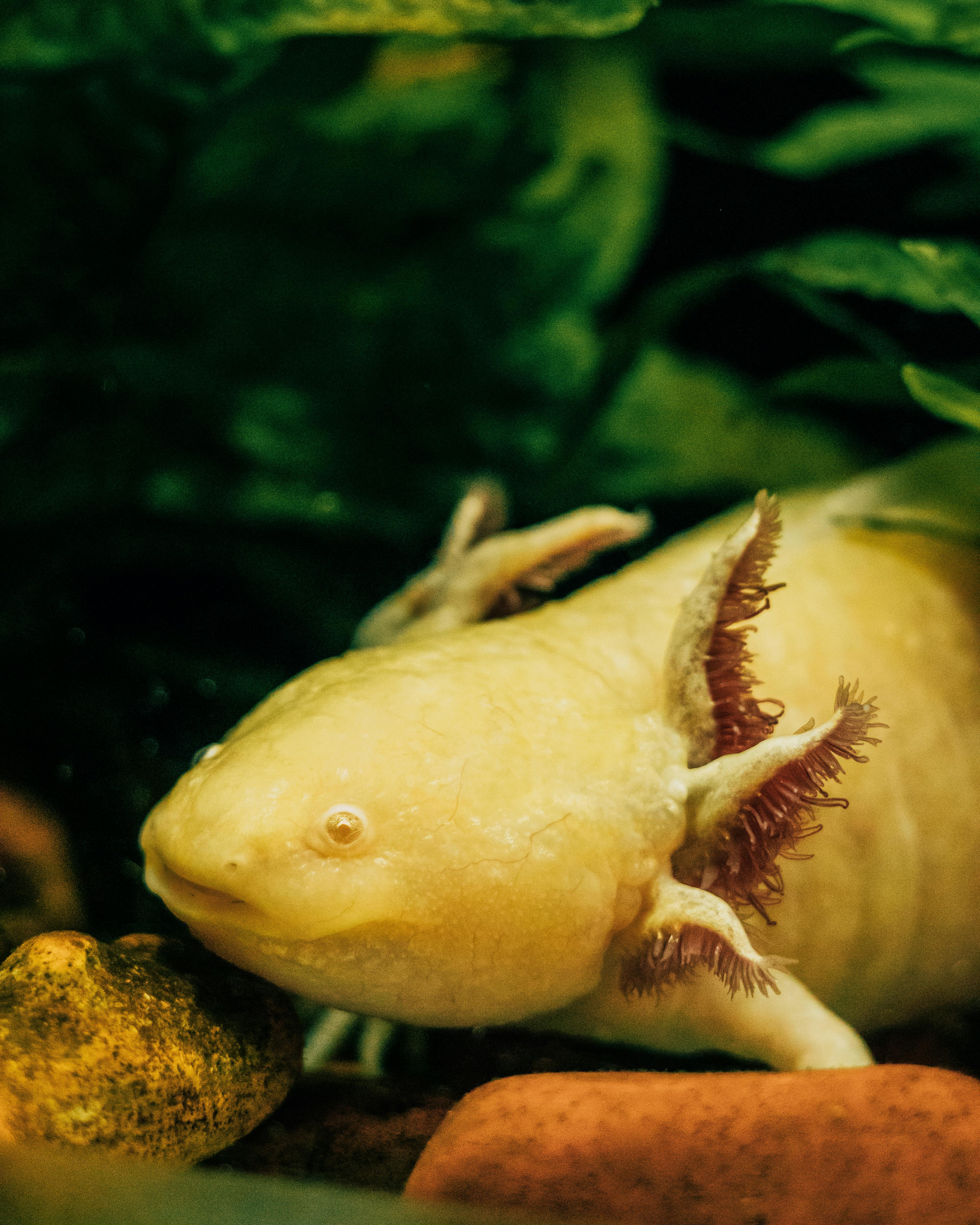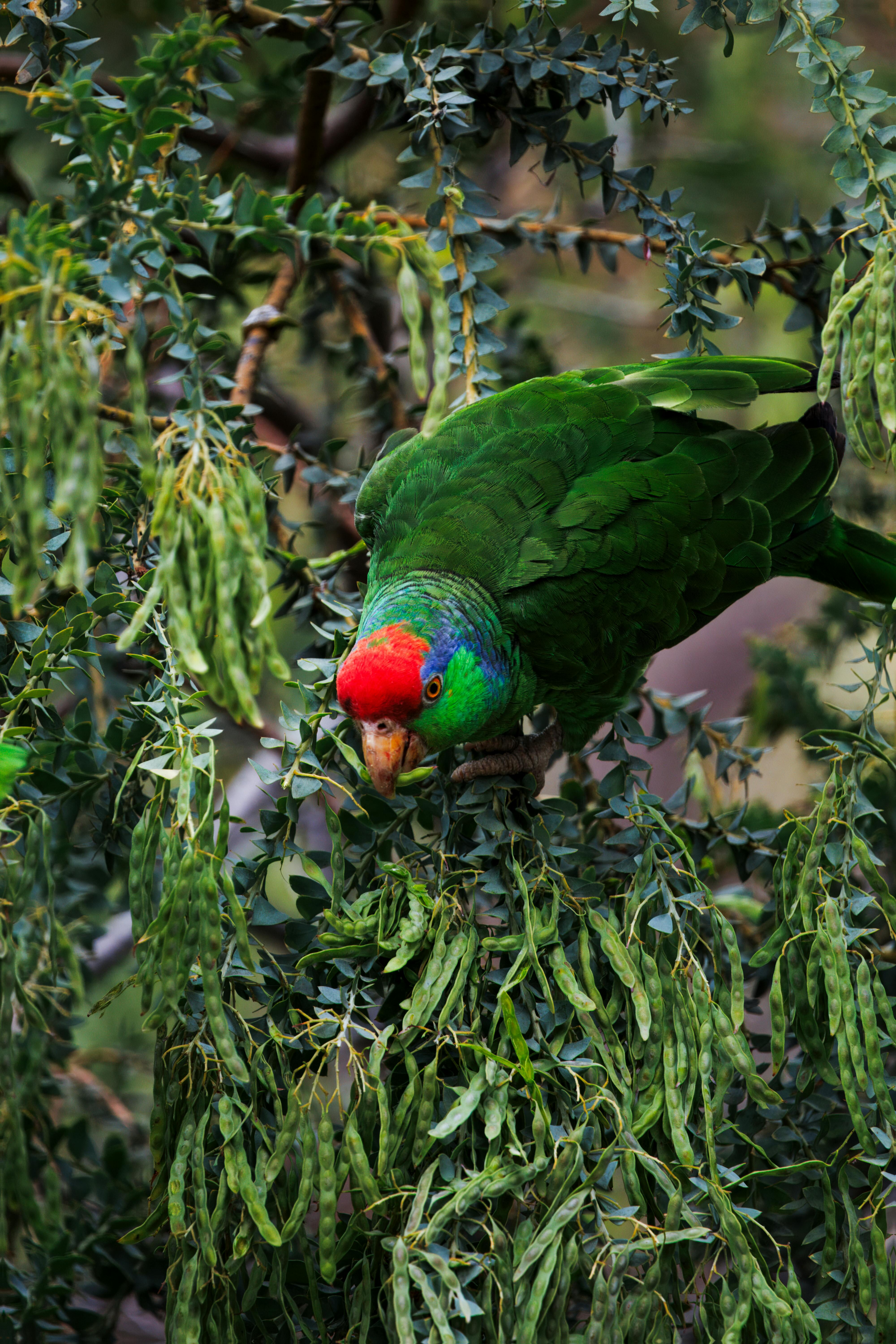Essential Guide to Using Driftwood for Aquariums: Enhance Your Fish Habitat in 2025
Driftwood has gained immense popularity among aquarists as a natural and aesthetically pleasing addition to fish tanks. It not only serves as a functional habitat for fish but also enhances the overall beauty of underwater landscapes. In this guide, we will explore the importance of using driftwood in aquariums, particularly focusing on the best practices, types, and maintenance tips for creating an ideal aquatic environment for your fish. By incorporating driftwood into your aquarium setup, you can significantly improve the quality of life for your aquatic inhabitants while also achieving a stunning visual aesthetic.
Many benefits arise from using driftwood, including natural filtration, water pH stabilization, and providing hiding spots for fish. This article will take you through various aspects of choosing and maintaining driftwood for your aquarium, ensuring that you have all the information needed to create a thriving aquatic ecosystem. We'll also highlight the ecological advantages of integrating driftwood into your tank, giving you insights into the best practices for your aquarium design. Let’s dive in!

Why Choose Driftwood for Your Aquarium Setup
Integrating driftwood into your aquarium does more than just create stunning visuals; it significantly influences fish health and tank stability. By adding natural wood pieces to your tank, you create a more authentic and enriched environment for your aquatic creatures. This leads to improved wellbeing and behavior, promoting a thriving ecosystem. One of the greatest benefits of driftwood is its ability to provide hiding spots and shelter for fish, especially in community tanks where aggression can occur.
Moreover, driftwood contributes to biological filtration by helping to stabilize water parameters. As driftwood breaks down, it leaches tannins into the water, which can lower pH levels and create a more acidic environment. This not only aids in mimicking natural habitats but also provides benefits like reducing stress in fish and controlling algae growth.
Types of Driftwood for Aquariums
When selecting driftwood for your fish tank, understanding the various types available can help you make informed decisions. Here are a few notable options:
1. **Mangrove Driftwood**: Known for its dense structure and unique shapes, mangrove wood is excellent for aquascaping. This type of driftwood integrates well with aquatic plants and offers numerous crevices for fish.
2. **Bamboo Driftwood**: Lightweight and easy to handle, bamboo can be used creatively in aquariums. It's a versatile option that can be manipulated into various designs.
3. **Spiderwood**: Its intricate branch-like appearance makes spiderwood a popular choice for aquarists. It's perfect for creating complex layouts and offers plenty of hiding spots for fish.
Choosing the right driftwood impacts your tank's aesthetics and functionality. When sourcing driftwood, consider purchasing from reputable suppliers that provide high-quality and safe wood for aquariums.
How to Prepare Driftwood for Aquarium Use
Before introducing driftwood into your aquarium, proper preparation and treatment are essential. Taking these steps ensures that the wood does not introduce harmful substances into your tank. The first step in preparing driftwood is to thoroughly clean it. Using hot water, scrub the wood to remove any dirt, debris, or potentially harmful contaminants. Avoid using soap or any harsh chemicals that could leach into the water.
Once cleaned, you may want to boil the driftwood for about 30-60 minutes. Boiling helps to disinfect the wood and allows for any necessary leaching of tannins before it enters your tank. However, not all driftwood needs to be boiled; varied species have different properties, so know your wood.
Curing Driftwood: What You Need to Know
Curing driftwood is an essential process that involves soaking the wood in water before placing it in the aquarium. This will help remove excess tannins that can discolor the water. Place the driftwood in a bucket or large container and fill it with clean, dechlorinated water. Changing the water every couple of days will expedite the curing process. Depending on the type of driftwood, this process can take anywhere from a few days to a few weeks.
After curing, test the wood by placing it in your aquarium. If the water remains clear, then it’s safe for use. If the water discolors, continue soaking until it's cleared.
Decorating Your Tank With Driftwood
Driftwood can bring a unique aesthetic to your aquarium, enhancing both the look and feel of the tank. Arranging driftwood pieces artistically can create stunning forests underwater, contributing to the overall theme of your aquarium. Here’s how to effectively decorate with driftwood:
1. **Layering**: Use multiple sizes of driftwood to create layers within the tank. Tall pieces can be placed to provide height, while smaller pieces can act as bases.
2. **Affixing Plants**: Affixing aquatic plants like moss or anubias to driftwood creates beautiful focal points and helps enhance your tank's overall ecology.
3. **Creating Hideouts**: Ensure that pieces overlap and interlock, which provides natural hiding spots for shy species, helping reduce stress and promote healthy behavior in your fish.
4. **Mixing Materials**: Combine driftwood with rocks or other natural elements to offer more visual complexity and appealing habitats.

Maintaining Driftwood in Your Aquarium
Proper maintenance of driftwood in aquariums ensures that it continues to support a healthy fish environment and retains its aesthetic appeal. Regular monitoring and care will keep your aquarium thriving. One vital aspect of driftwood care is regular water quality checks. Driftwood can slightly alter water parameters, thus maintaining an eye on pH levels and overall water quality is essential.
Additionally, you should regularly clean any algae or detritus that may accumulate on the driftwood. This can be done during routine water changes or by gently brushing the wood. Avoid using chemicals or harsh substances, as they may harm your fish.
Recognizing Driftwood Degradation
Over time, driftwood may begin to degrade, which can any fish health. Look for signs such as excessive discoloration, soft spots, or crumbling areas. If you notice any of these signs, it may be time to replace the driftwood or remove it to maintain a safe environment for your aquatic homes.
Q&A About Driftwood in Aquariums
What are the benefits of using driftwood in an aquarium?
Driftwood supports biological filtration, offers shelter for fish, and can help stabilize pH levels in the water. It also enhances the visual appeal of the aquarium.
How do I choose safe driftwood for my tank?
Always select driftwood sourced from reputable suppliers. Look for wood that is free from harmful chemicals and pests, and be cautious with local sources that might harbor risks.
Can driftwood impact my aquarium chemistry?
Yes, driftwood can alter the chemistry of your aquarium by leaching tannins, which lowers pH and can create a more acidic environment beneficial for certain species.
How do I introduce driftwood into my aquarium?
Before adding it to the tank, thoroughly clean and cure the driftwood to ensure it does not disrupt the water quality or introduce contaminants.
Is there a specific type of driftwood that is best for all fish?
Different fish species have different habitat needs. However, many aquarists find that oak or mangrove wood works well for a wide variety of freshwater fish due to its robust structure and compatibility.
Utilizing driftwood in your aquarium setup enhances not only the aesthetic appeal but also the functionality and health of your fish habitat. By understanding how to choose, prepare, and maintain driftwood, you can create a stunning aquarium for your aquatic life to flourish.
